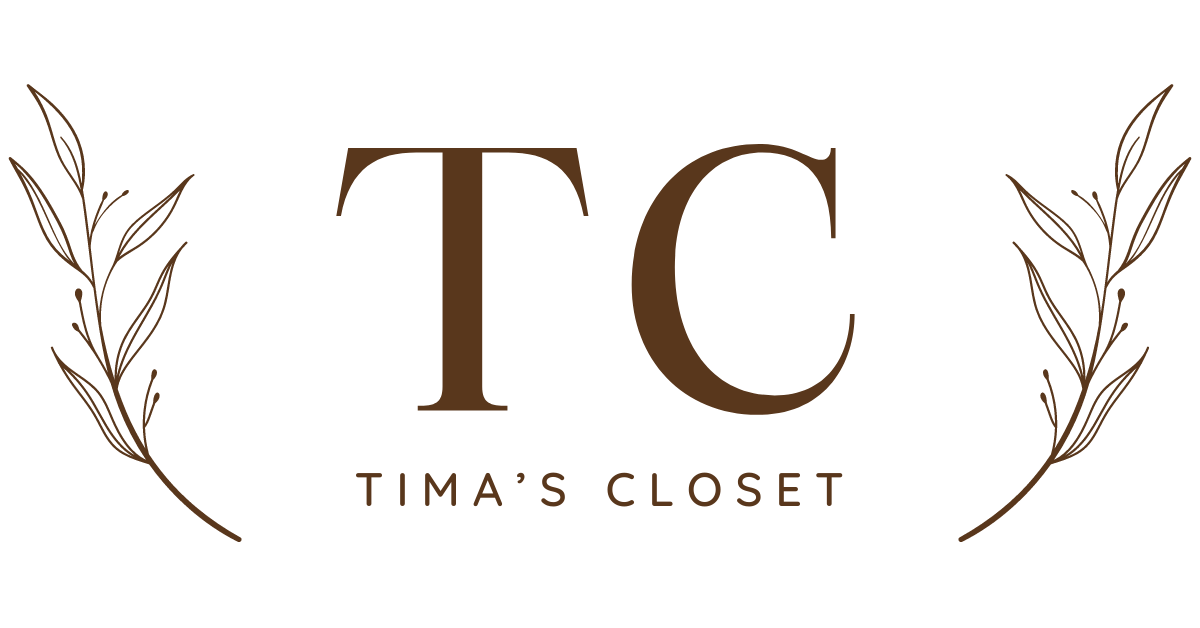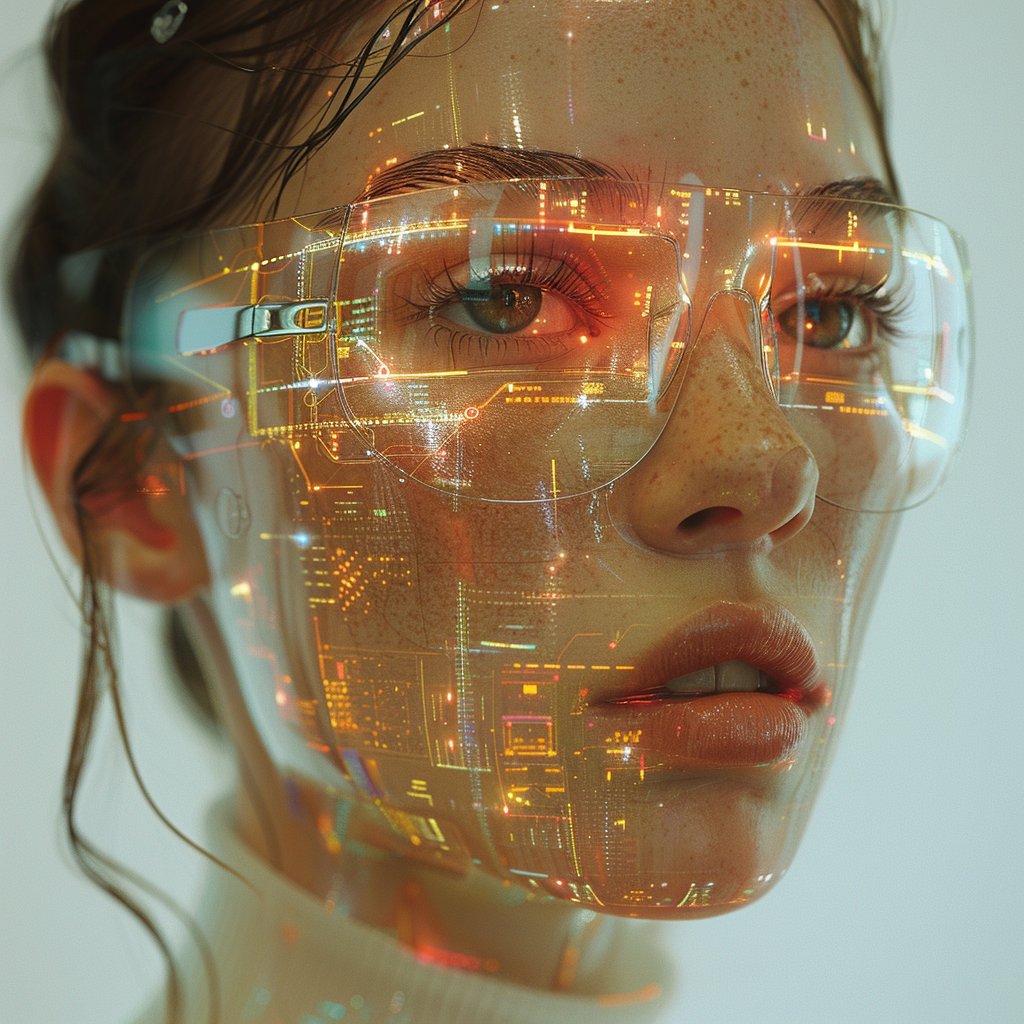Every time I open an app, it seems to already know what I want. The colors, the silhouettes, even the brands, it’s all there, curated just for me. But after a while, that “personalization” starts to feel a little eerie.
Because if everything I see is what an algorithm thinks I want, then where do I fit into that equation?
Fashion, at its core, is about discovery. It’s supposed to surprise us, challenge us, even confuse us a little. But lately, it feels like the more data we feed into our digital wardrobes, the less creative freedom we have.
In 2025, AI is styling us, but maybe it’s time we start styling ourselves again.
The Rise of the Algorithmic Closet
It started small. Netflix-style recommendations on shopping apps: “You might also like…” Then came smart mirrors, virtual stylists, and outfit generators powered by machine learning.
Now, AI isn’t just predicting what we might wear, it’s designing what we might want.
Fashion brands use algorithms to forecast color trends, adjust pricing, and tailor marketing for each of us individually. Even our online feeds have become digital runways, showing looks based on our scrolling behavior.
In theory, it’s genius, a world where shopping feels intuitive, where every item feels made for you. But in practice, it’s made fashion eerily predictable.
We’re all being served slightly different versions of the same thing.
When Personalization Becomes Homogenization
The problem with algorithmic styling isn’t that it’s inaccurate, it’s that it’s too accurate.
When AI knows exactly what you’ll click, you stop exploring. You stop experimenting. You stop being surprised.
And slowly, your personal style becomes less “personal” and more “predictable.”
The irony is that these algorithms are trained on our own data. Our clicks, likes, and saves create feedback loops that reinforce the same aesthetics. You like neutral outfits? Expect to see beige forever. You click one coquette post? Suddenly your feed is pink bows until eternity.
The more the algorithm “learns” you, the less you evolve.
It’s a digital comfort zone, cozy, convenient, and completely uninspired.
The Illusion of Choice
We love the idea of control, especially in fashion. The thrill of choosing. The joy of defining ourselves visually.
But in the age of algorithmic curation, our choices are quietly being shaped long before we make them.
We think we’re choosing freely, but the truth is, we’re choosing from what’s been chosen for us.
That’s not just a shopping problem, it’s a creative one.
Fashion thrives on subversion. On mixing unexpected elements, breaking rules, reinventing silhouettes. When every recommendation is safe, relevant, and optimized for “engagement,” creativity suffers.
The algorithm gives us comfort, but it rarely gives us edge.
AI as a Mirror — Not a Master
Here’s the thing: AI isn’t evil. It’s just… efficient. It does exactly what we teach it to do — to please us, to optimize, to make us comfortable.
But fashion has never been about comfort. It’s about curiosity.
The goal isn’t to reject technology, but to redefine our relationship with it.
AI should be a mirror, reflecting our preferences, helping us understand them, not a master deciding what we should want next.
Imagine if AI tools were used to expand our style vocabulary instead of narrowing it. If your smart closet suggested something outside your usual range, a bold print, an unfamiliar silhouette, a risk. That would be personalization that sparks discovery, not dependency.
Because the real beauty of style isn’t in perfection, it’s in evolution.
Creativity Can’t Be Calculated
Algorithms are built on past data, they look backward to predict forward. But creativity doesn’t work like that. Style isn’t linear or logical. It’s emotional, intuitive, and deeply human.
That’s why AI, for all its intelligence, still struggles to understand the whybehind our choices.
It can tell that people are buying more linen shirts, but it can’t feel the mood behind that trend, the craving for ease, authenticity, and touch. It can see a pattern, but it can’t feel the poetry.
When we let algorithms dictate our style, we trade surprise for safety, and that’s the opposite of what fashion is meant to be.
The Subtle Power of Rebellion
In a world where everything is optimized, the most radical thing you can do is have taste.
Your own taste.
Not what’s trending, not what’s predicted, not what performs. Just what you genuinely love, even if no algorithm would ever suggest it.
Wearing something unexpected, something imperfect, something entirely you — that’s rebellion now.
True personal style comes from friction. It’s when intuition collides with experimentation. It’s the quiet “no” to what’s being pushed, and the confident “yes” to what feels right.
Fashion has always been a dialogue between individuality and influence. The difference now is that the influence is invisible, lines of code nudging us toward the same choices. But you can still choose to opt out.
My Algorithm Detox
A few months ago, I decided to test myself. I stopped saving outfit inspo. I stopped shopping through “recommended for you” feeds. I started browsing randomly, like it was 2010 again, scrolling without purpose, wandering through online stores without filters or predictions.
And for the first time in a while, I rediscovered the joy of looking.
I found pieces that didn’t fit the algorithm’s idea of me, a structured red jacket, a sculptural ring, vintage trousers in a shade of green I’d never worn before.
They weren’t safe picks. They were mine.
And weirdly enough, my style started feeling new again, because I was the one curating it, not my data profile.
Reclaiming Creative Control
The future of fashion doesn’t need to be a tug-of-war between technology and creativity. It can be a collaboration, if we stay conscious.
Use AI to discover, not define. Let it enhance your curiosity, not replace it. Question your recommendations. Explore the outliers. Click on something that surprises you.
Because the moment you let go of control, you stop being the stylist, and start being the styled.
Closing Thoughts
AI might know your preferences, but it doesn’t know your story.
It doesn’t know that you reach for linen when you’re calm, or that you wear black when you need to feel strong. It doesn’t know the way your mood shifts when you try something new, or the quiet pride that comes from pairing things your own way.
That’s what makes human style timeless. It’s full of context, contradiction, and care, things no algorithm can replicate.
So the next time your feed tells you what you “might also like,” pause. Scroll past it. Choose something unexpected.
Because maybe the real style revolution in 2025 isn’t about dressing smarter.
It’s about dressing freer.

